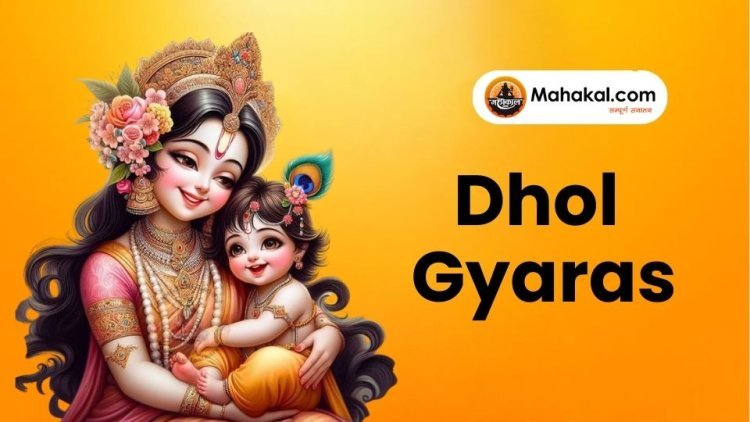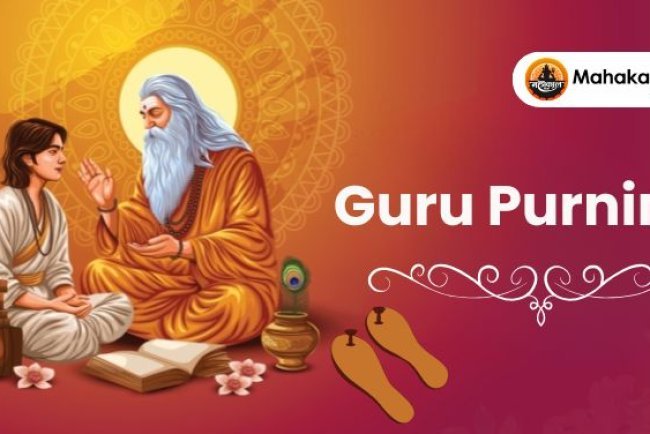Dhol Gyaras 2025: Date, Vrat & Pooja Significance
Dhol Gyaras 2025 will be celebrated on 3rd September, Wednesday. Know the date, significance, vrat rituals, and cultural importance of Dhol Gyaras.

India is a land of vibrant festivals, colorful rituals, and rich cultural heritage. Among the many instruments that bring life to our celebrations, Dhol Gyaras hold a special place. With their powerful beats and rhythmic patterns, these traditional drums are not just musical instruments—they are the very heartbeat of festivities.
What is a Dhol Gyaras?
A Dhol Gyaras is a type of traditional drum widely used in folk music across India, particularly in states like Madhya Pradesh, Rajasthan, and Maharashtra. It is typically made of wood and covered with leather on both sides, producing deep, resonant sounds that can energize any gathering. The drum is played using sticks or hands, depending on the regional style and tradition.
Cultural Significance
Dhol Gyaras are more than instruments—they are carriers of cultural identity. They are commonly played during:
-
Festivals: Dhol Gyaras are a staple in celebrations like Holi, Diwali, Ganesh Chaturthi, and regional fairs. The beats announce joy and togetherness.
-
Weddings: From Baraat processions to wedding dances, the dhol keeps everyone in sync, creating an atmosphere of excitement.
-
Folk Performances: Traditional dance forms like Garba, Ghoomar, and Bhangra are incomplete without the vibrant beats of the dhol.
The instrument’s rhythm often symbolizes life, energy, and community harmony. In many regions, the dhol is considered auspicious and is believed to drive away negative energy during celebrations.
How Dhol Gyaras are Made
Creating a Dhol Gyaras is an art in itself. Here’s a glimpse of the process:
-
Selection of Wood: The drum’s body is carved from high-quality wood, which ensures durability and resonant sound.
-
Leather Stretching: Cow or goat skin is stretched over both ends of the drum to form the drumheads.
-
Tuning: The drum is tuned by adjusting the tension of the skins. This determines the pitch and tone of the drum.
-
Decoration: Many Dhol Gyaras are beautifully painted or adorned with colorful threads, reflecting local artistic traditions.
Playing Techniques
The art of playing the Dhol Gyaras requires skill and practice. Players use either hands or wooden sticks to produce distinct sounds:
-
Bass Beat: Struck on the larger side, producing a deep, resonant tone.
-
Treble Beat: Played on the smaller side for a sharper, higher-pitched sound.
-
Rhythmic Patterns: Skilled players combine beats to create intricate rhythms that inspire dance and movement.
Modern Adaptations
While Dhol Gyaras are rooted in tradition, modern musicians have embraced them in fusion music, Bollywood tracks, and global performances. This has helped popularize the instrument beyond its regional confines, keeping the tradition alive while making it relevant to today’s audience.
The Dhol Gyaras is not just a drum—it is a symbol of celebration, community, and cultural pride. Its thundering beats bring people together, turning ordinary moments into unforgettable experiences. Whether in a small village festival or a grand wedding, the Dhol Gyaras continues to play its timeless role: spreading joy and keeping traditions alive.
Celebrate the divine energy of Dhol Gyaras with authentic rituals and soulful journeys. Book your Pooja services and explore sacred Ujjain tour plans now at Mahakal.com
What's Your Reaction?















